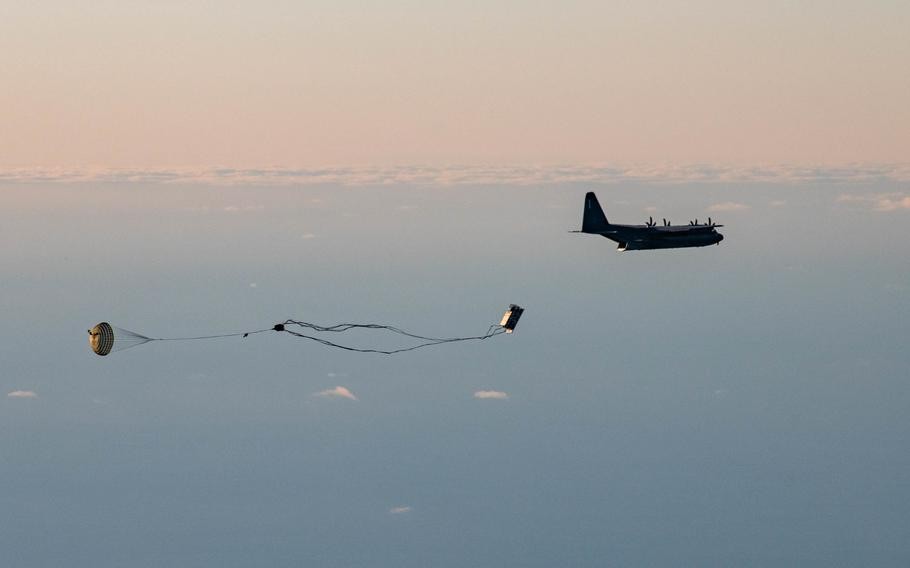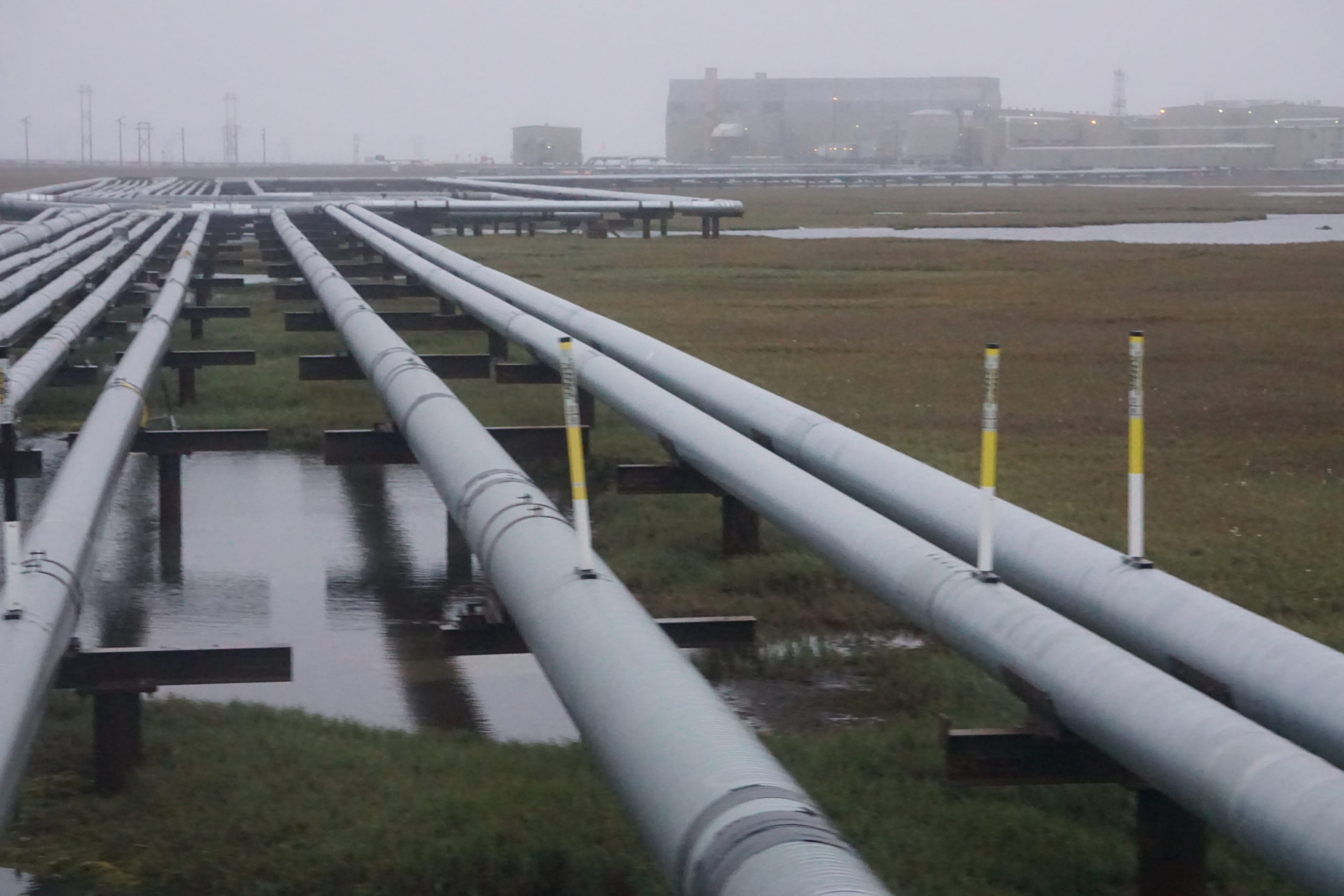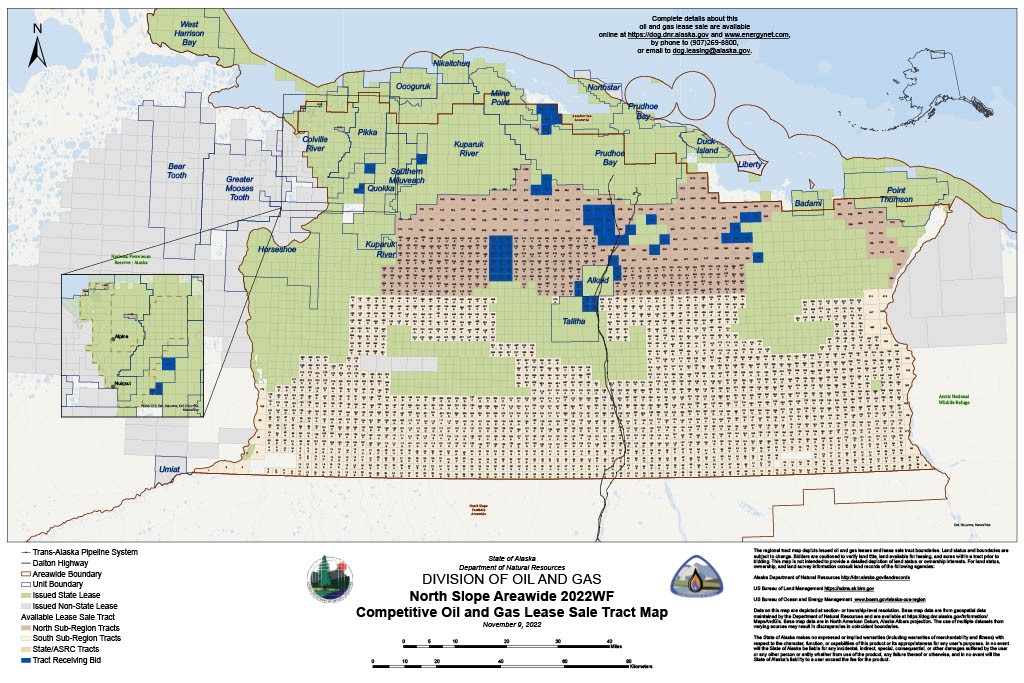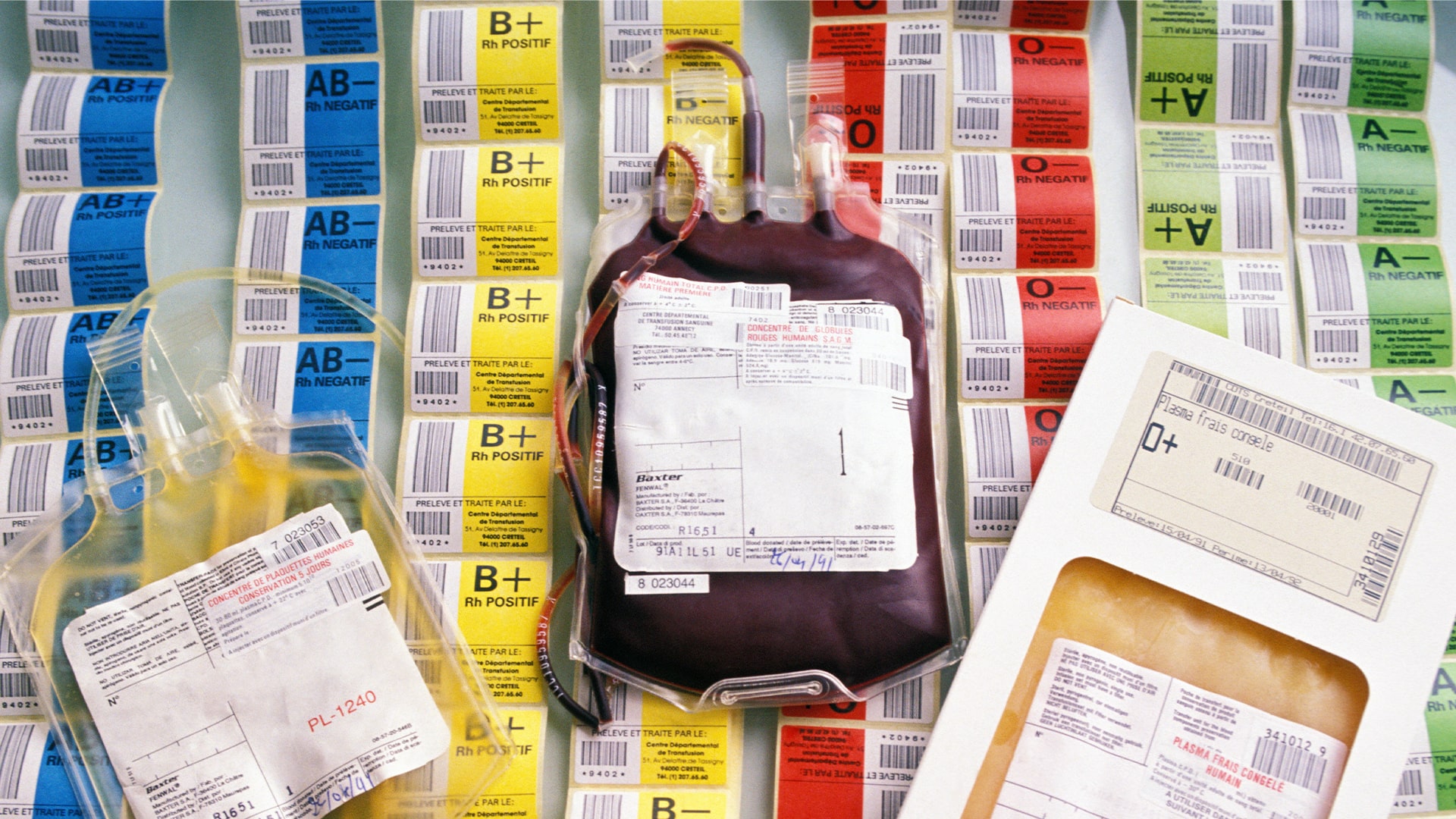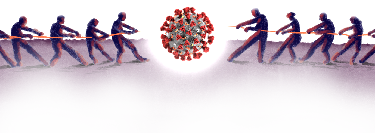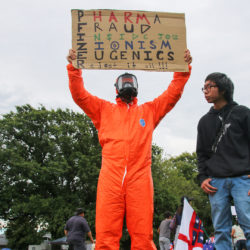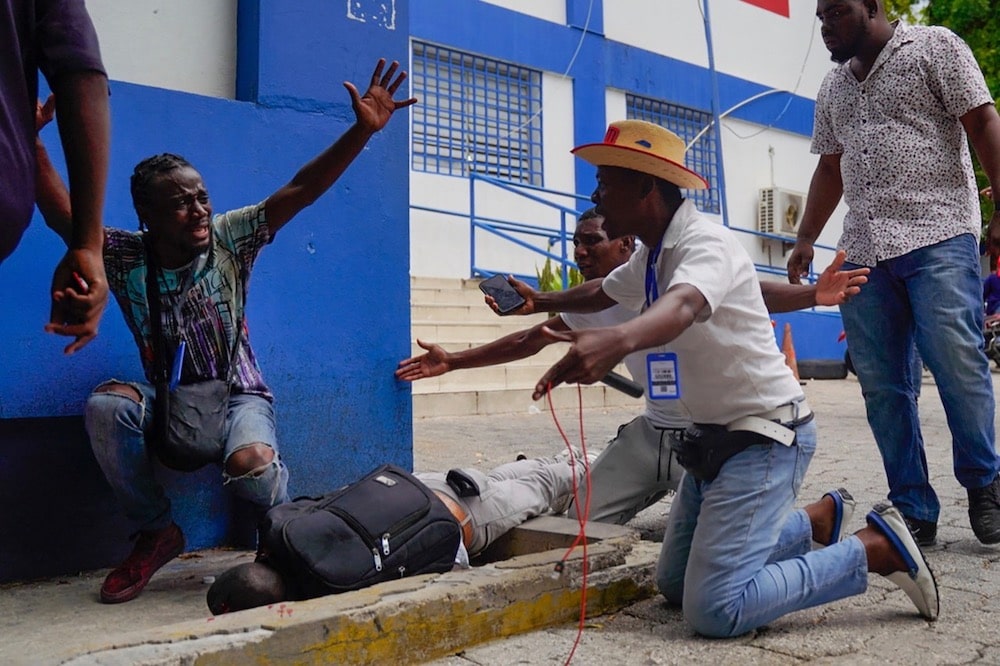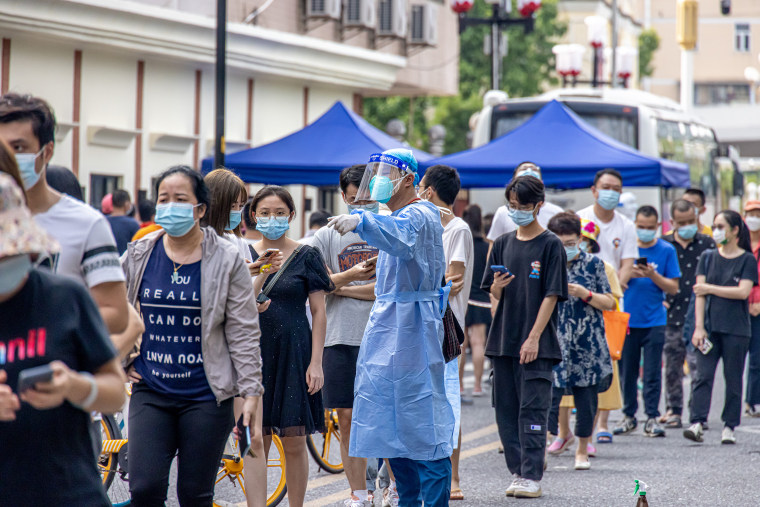Sámi rights dispute shows frictions in Finland’s governing coalition
The dispute is over law that would give Sámi more rights over who can sit in the group's regional parliament.
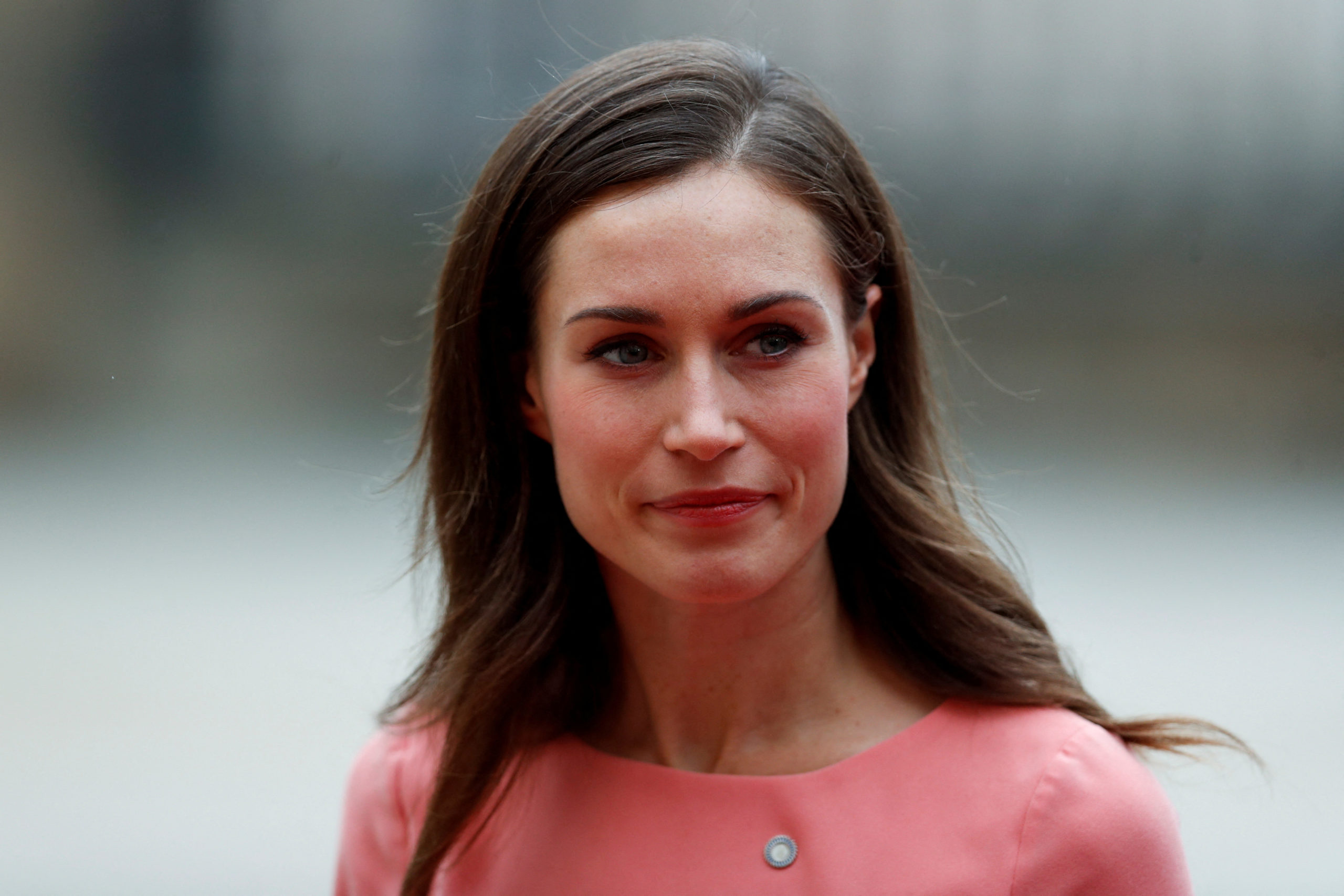
HELSINKI — A dispute over the rights of the Sámi people living in the Finnish Arctic has brought the frictions in Finland’s coalition government into sharp focus just months before a parliamentary election.
Tensions between the five-party coalition’s two largest allies, the Social Democrats and the Centre Party, have been simmering in recent weeks, after opinion polls forecast a poor showing for the Centre Party in the vote due in April.
But now the Centre Party finance minister, Annika Saarikko, and the Social Democrat prime minister, Sanna Marin, are at open loggerheads over the latter’s attempt to bring forward a law that would give Sámi more rights over who can sit in the group’s regional parliament and vote on issues that concern them.
The Sámi, traditionally reindeer herders who live off the land, consider themselves the EU’s only Indigenous people. They say their parliament is being colonized by ethnic Finns and that some infrastructure projects jeopardize their way of life.
Saarikko is accusing Marin of breaking the government’s internal rules by taking forward a law — in the government’s program and long kicked back and forth between Finland’s courts — that the pro-business Centre Party opposes.
“The prime minister’s mode of action to bring forward a discordant proposal to the government is exceptional. The prime minister breaks established rules,” Saarikko wrote on Twitter.
Marin called Saarikko’s tweet “a surprise” and “a sharp turn,” saying the message was opposite to what the two had agreed between themselves.
“I have been through this (matter) very openly with minister Saarikko, the last time yesterday, and my understanding was that we were in mutual understanding over the mode of action,” Marin told reporters.
“I wish to get an explanation from minister Saarikko to her tweet,” Marin said.
Petteri Orpo, the head of the largest opposition group, the National Coalition, which is leading in the opinion polls, asked in parliament if the government was still operational.
”We are watching an odd play over the Sámi parliament legislation. We are in the midst of difficult times and now if ever Finland needs a functioning government,” he said.
